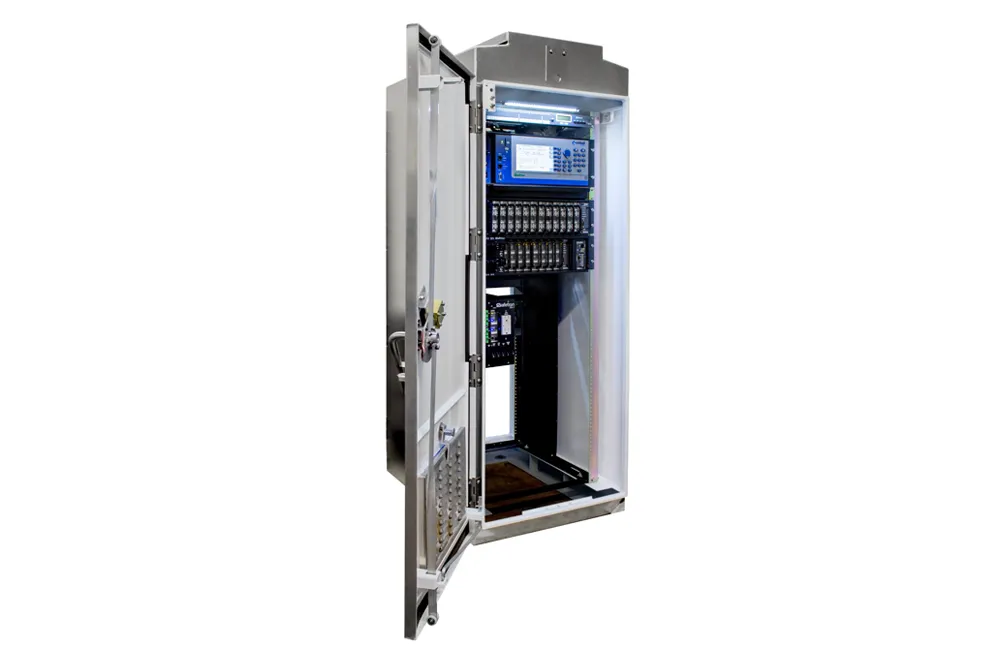MOXA has launched a new Isolated Quad Band OnCell G2150I Industrial GSM/GPRS modem. The device comes equipped with isolated RS-232 or RS-422/485 interfaces, making it ideal for building a remote cabinet or remote telemetry application in harsh environments. It is designed especially for demanding industrial-grade applications such as ITS, information display panels, automatic meter reading and environmental monitoring systems which can benefit from a cellular wireless infrastructure.
March 12, 2012
Read time: 1 min

The OnCell G2150I transmits data and short messages (SMS) over GSM/GPRS mobile networks. It can be used to improve the efficiency of maintenance and communication, independent of operating skill. It has a 12 to 48V DC power input, allowing different types of field power sources to be attached. The serial ports are also protected by 2.5KV isolation, so the system is safe from ground loop currents.










